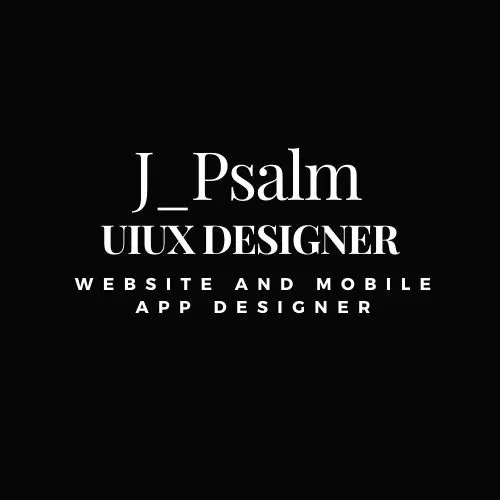What is Flat Design?
Flat design is a minimalist design style that emphasizes usability and functionality. It is characterized by its clean, simple lines, a focus on harmony and clarity, and an absence of gradient, textures, and 3D elements. Emerging prominently in the digital space during the early 2010s, flat design moved away from the skeuomorphic style, which mimicked real-world objects. Instead, it embraces a two-dimensional visual approach, focusing on digital efficiency and the user experience.
This design approach is widely recognized for its application in interface design, including user interfaces (UI) of websites, applications, and operating systems. Its simplicity aids in the creation of responsive designs, aligning well with modern internet usage on multiple devices, from smartphones and tablets to desktops.
Key Takeaways
- Flat design is a minimalist style that prioritizes simplicity and functionality over decorative elements.
- It avoids gradients, textures, and 3D effects to focus on straightforward 2D visual elements.
- This design approach enhances digital efficiency, making it a preferred choice for responsive designs.
- Flat design is widely used in UI for websites and apps, creating a more user-friendly experience.
- It supports faster load times and better compatibility across different digital devices.
History and Evolution of Flat Design
Flat design emerged as a counter to the overwhelmingly realistic skeuomorphism trend that became popular in the late 2000s. Companies like Microsoft and Apple played significant roles in its popularization. With the launch of Windows 8 in 2012, Microsoft showcased a Metro design language characterized by flat icons and tiles. Similarly, Apple's iOS 7 in 2013 transitioned to a flatter design, leading to widespread adoption of this style across the digital landscape.
Benefits of Flat Design
One of the most salient benefits of flat design is its contribution to streamlined user experiences. By eliminating unnecessary design frills, users can focus more on the content rather than getting distracted by complex graphics. This enhances navigability and accessibility, particularly important in critical digital environments like educational tools and business applications.
Additionally, the lack of excessive graphics in flat design often results in quicker load times, which is essential for optimizing websites for search engines and improving visibility.
Flat Design vs. Material Design
While flat design and material design share a focus on minimalism, they differ significantly in their aesthetic approaches. Material design, introduced by Google, builds on the principles of flat design but reintegrates certain 3D effects like shadows and depth to create a more tactile user experience. Understanding these nuances helps brands and designers choose the style that best fits their brand identity and functional requirements.
The Bottom Line
Flat design is integral to contemporary digital design owing to its focus on simplicity and efficiency. For startups, digital agencies, and ecommerce brands seeking clean and effective design solutions, flat design offers a way to produce aesthetically pleasing and user-friendly interfaces. For marketers and designers, understanding flat design is crucial, as it remains a prevailing trend shaping digital user experiences and brand esthetics. Investing time in mastering this style can significantly enhance a designer's or marketer's ability to deliver high-functioning and appealing digital products.















